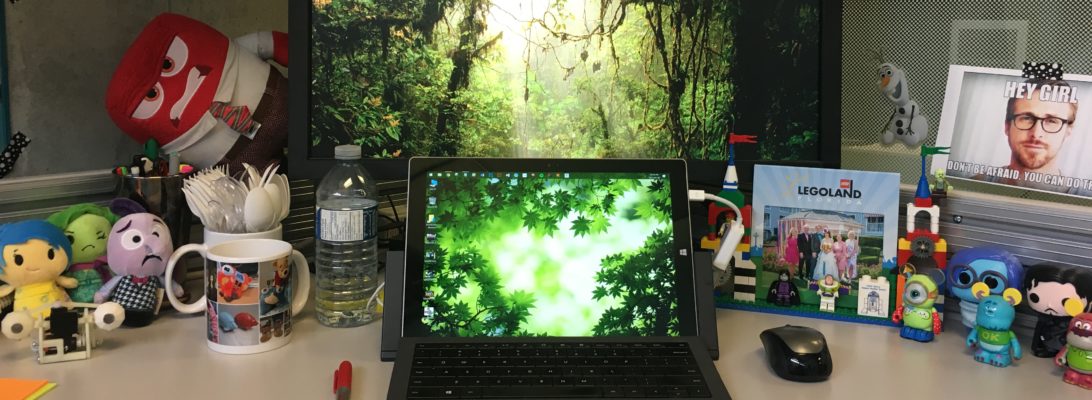I am super excited that the tabletop I built for the Glenrose was featured in an article in the Wall Street Journal today (as well as a few other places)! It’s great to not only see the impact that the table has had on the Glenrose, but also see all the great research into technology-based rehabilitation interventions that is being conducted at other institutions. I hope that all this publicity will encourage more HCI researchers to think about entering into this awesome field and providing clients in therapy programs with some exciting, engaging technology to work with!

- “Playing on a tablet as therapy”. Wall Street Journal, July 2011.
- “Smartphones, Tablets Provide Therapy for Autism, Other Disabilities”. Mobiledia.com, July 2011. Also appeared on Forbes.com, July 2011.


